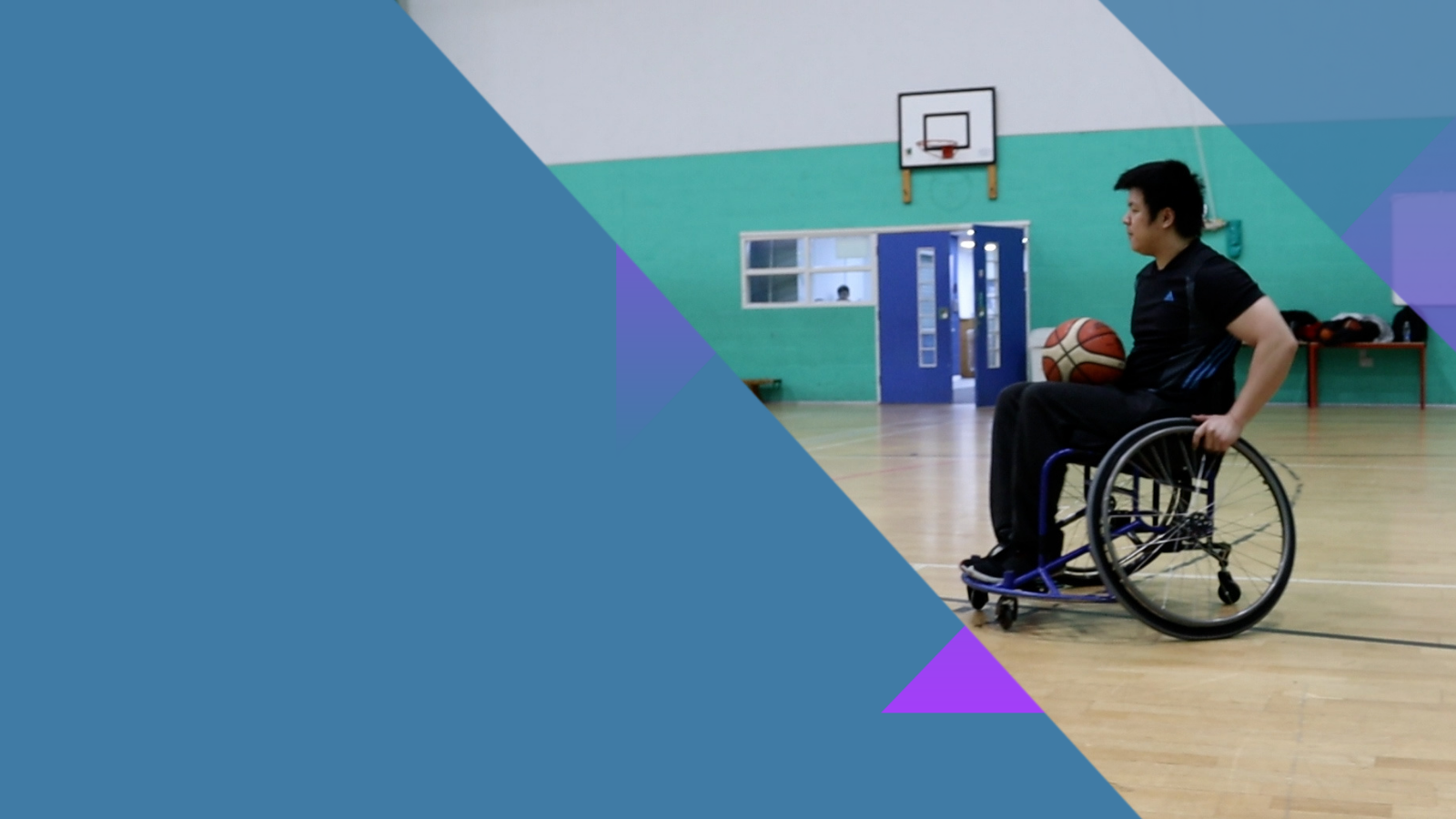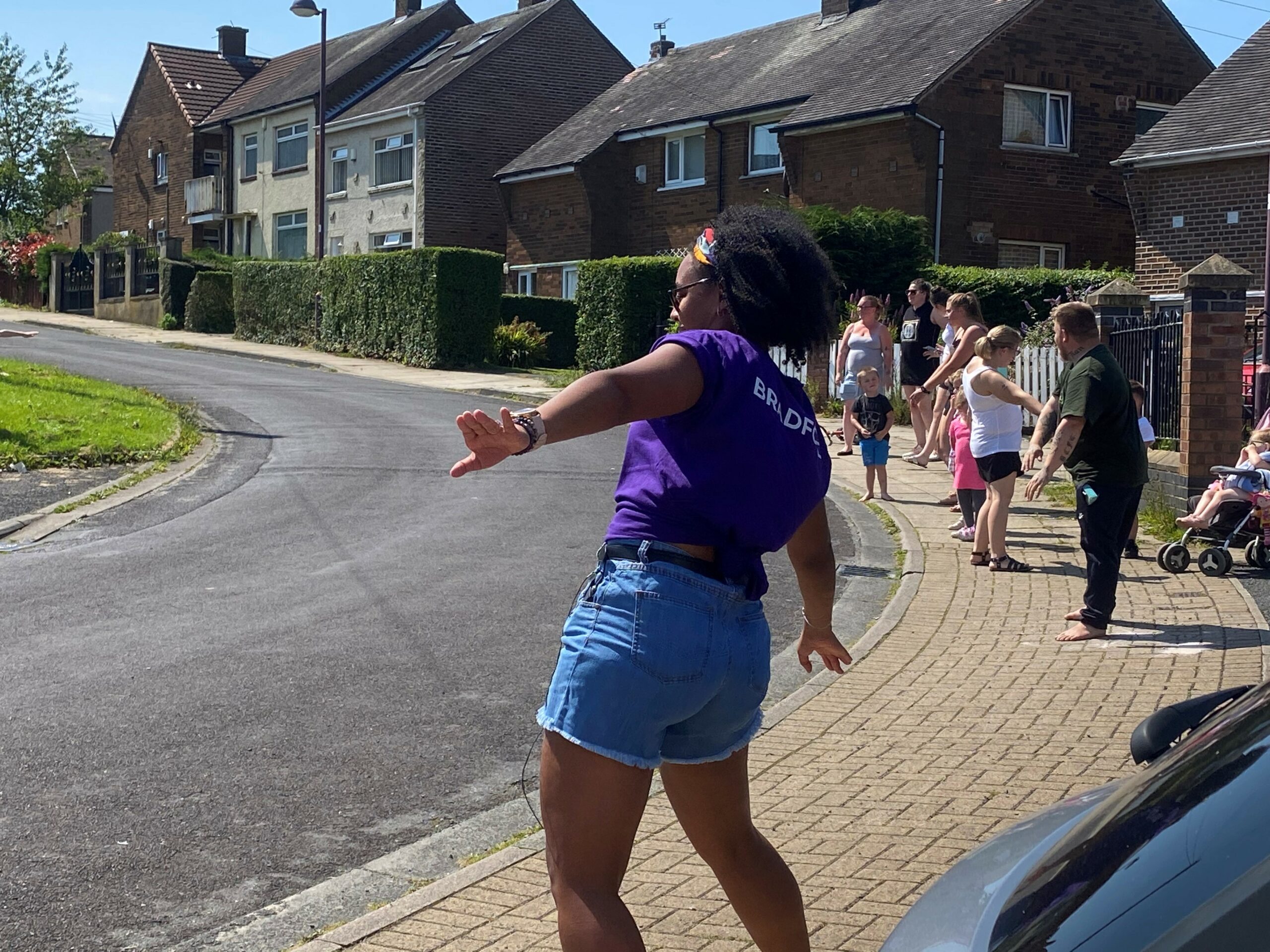
Step Change: Working together towards an active society
A report by Spirit of 2012 looking at what works when it comes to getting people to participate more in physical activity.

Changes in the way we work and live mean that the UK’s population is now more physically inactive than at any time in history.
Today, 14.5 million UK adults are classed as physically inactive in that they undertake less than 30 minutes moderate physical activity each week. This is nearly 28% of the UK population. Some 45% of UK adults say they struggle to keep fit.
Older people, disabled people, some minority ethnic groups and those from lower socioeconomic grades are more likely to report being physically inactive. Some people become inactive due to changes in their lives – transition points – such as leaving school, having a child or experiencing an injury or
illness.
There are also seasonal and place-based variations in physical inactivity. Physical inactivity is associated with an increased risk of depression, dementia, some cancers, cardiovascular disease and type 2 diabetes. Being overweight or obese puts people at greater risk of dying from a number of health conditions including COVID-19.
The fiscal and economic costs of physical inactivity are huge and for these reasons successive governments have invested considerable amounts of money in trying to reduce physical inactivity, often with limited success. Levels of physical inactivity have barely shifted since 2012.
Yet there are successful grassroots initiatives that have a sustained impact in getting the least active people to become more active and stay active, including projects funded by Spirit of 2012 and our partner organisations such as Sport England, sportscotland, the Scottish Government, Robertson Trust and London Marathon Charitable Trust.
What characterises this successful work is a set of eight principles that target the least active and make it more likely that physical inactivity is reduced. This report brings together evidence from projects that Spirit of 2012 has funded and from which these principles have been derived. It also draws on focus-group evidence and a nationally representative survey of 2,326 UK adults undertaken by ICM between 1 and 4 March 2022.
The principles we set out in this report will be familiar to organisations working in sport and physical activity, but it is important to share them with a much wider range of organisations than those directly involved in planning and delivering sports or physical activity sessions. Increasing people’s physical fitness is now a priority area in many parts of government across the UK.
At a local authority level, people working in education, community services, leisure, transport and planning may be involved in work to increase levels of physical activity. This report is for a broad range of policy makers in central and local government, civil society organisations, employers and opinion formers.
8 principles underpinning success
- Use a person-centred approach that is tailored to individual difference and needs.
- Use sport and physical activity to achieve positive change – improving people’s mental and social wellbeing alongside their levels of physical activity.
- Take people on a journey of small steps to physical fitness.
- Build social elements into projects to encourage motivation.
- Embed social activity into daily routines.
- Use effective communication.
- Work in partnerships across sport and non-sports organisations to reach the least active.
- Build a skilled and motivated staff and volunteer workforce.

Recommendations
- The governments of all four nations of the UK put in place up-to-date physical activity strategies that take into account the impacts of COVID-19. These strategies should address high levels of physical inactivity among disabled
people – a disparity that has widened as a consequence of COVID-19. Such strategies should set ambitious targets to increase levels of physical activity
among people who are the least active, and encourage the adoption of the eight principles set out in this report. - Sports and public health ministers across the UK should jointly provide annual reports to their parliaments on physical activity, including data on progress in reducing inactivity in different sectors of the population.
- Physical activity interventions should better target people at ‘transition points’ in their lives. These include puberty, when many teenage girls drop out of sport, young people leave school, when they face new caring obligations, late middle age and old age, or after experiencing a disabling illness or injury.
- Many more non-sporting organisations need to take responsibility for
encouraging active lifestyles, including employers, schools, colleges and universities, faith and local civil society organisations. The sports and physical
activity sectors should partner with these organisations to reach and prioritise
those who are less active. - Social prescribing link workers and sport and physical activity programmes
should work in partnerships based on an understanding of effective approaches in reducing inactivity and applying the principles in this report.
- Governments, sports councils, the public health sector, including the social prescribing movement, faith and civil society organisations should take immediate action to build on the popularity of lockdown walking, cycling and gardening, using the principles outlined in this report.
- National public health and sports bodies should be funded to work with behavioural science and advertising expertise to create a stronger body of evidence around effective communications approaches that encourage physical activity. This must be backed up with a programme of work to disseminate this evidence to those delivering sport and physical activity programmes.
- Community and sporting events should be better used to deliver public
health messages and information about local classes and activities which start
people on their journeys to becoming more active. - Stakeholders should be brought together to review the curriculum and progression routes of training courses that focus on wellbeing, and on sport and fitness, to make sure that staff and volunteers understand and can apply the principles set out in this report.
- Government and philanthropic funding should be made available to address
inequalities in health and wellbeing outcomes that arise from physical
inactivity. Such funding streams should deliver the principles set out in this report in practice. Funders should recognise that the per head cost of
increasing levels of physical activity among the least active is usually higher
than among the overall population.
